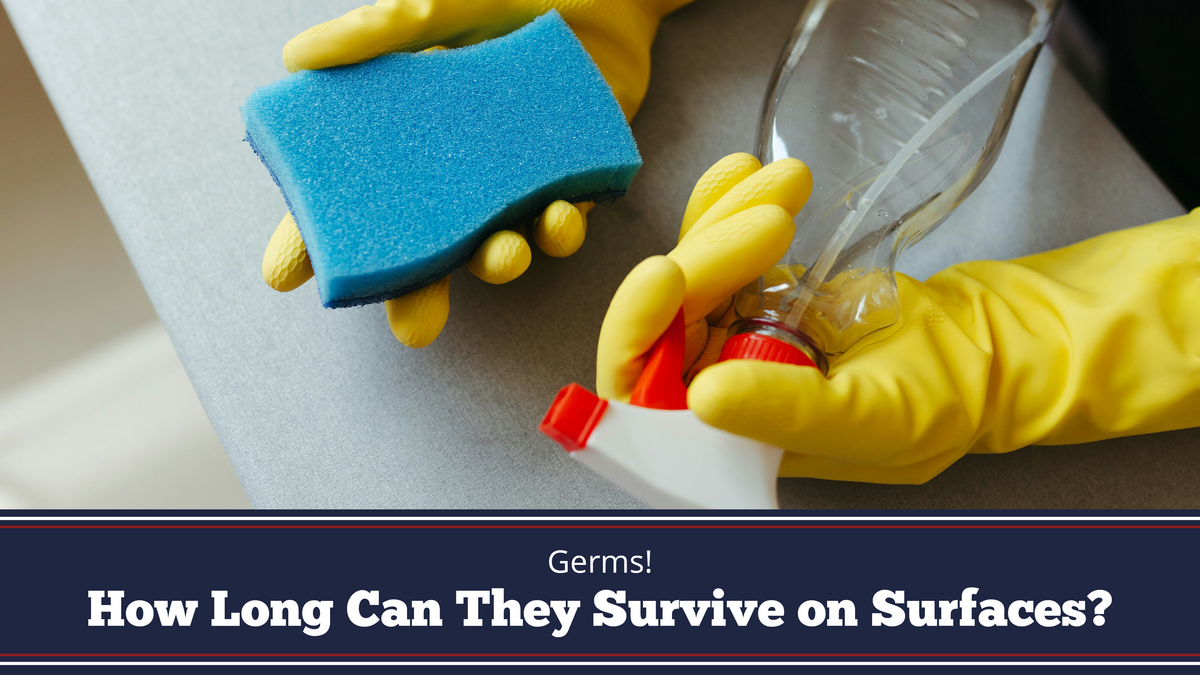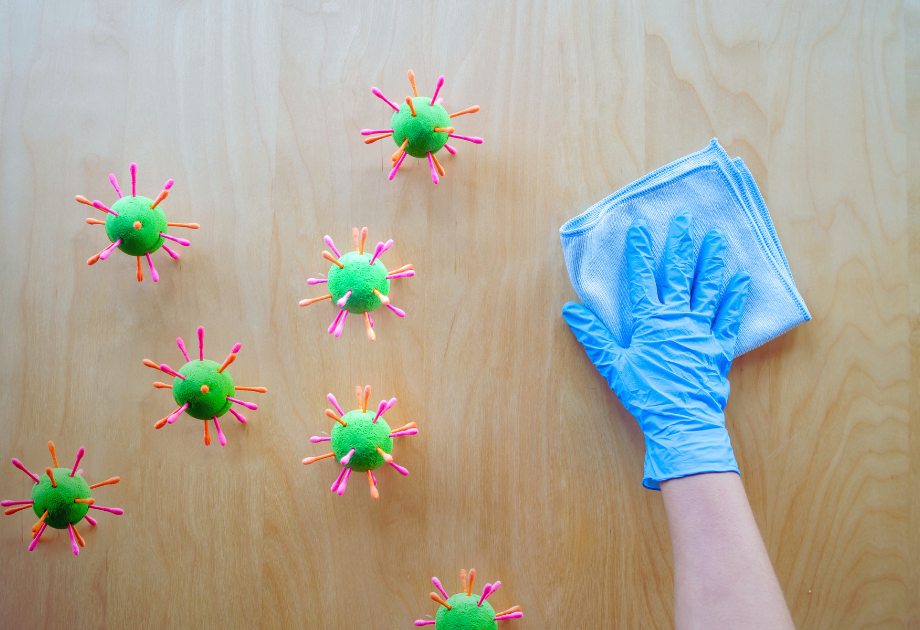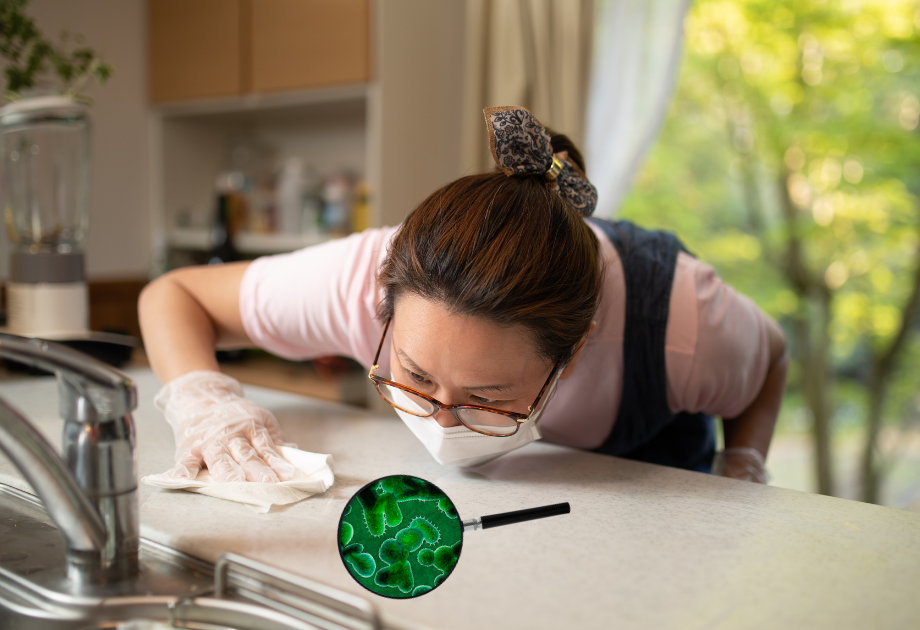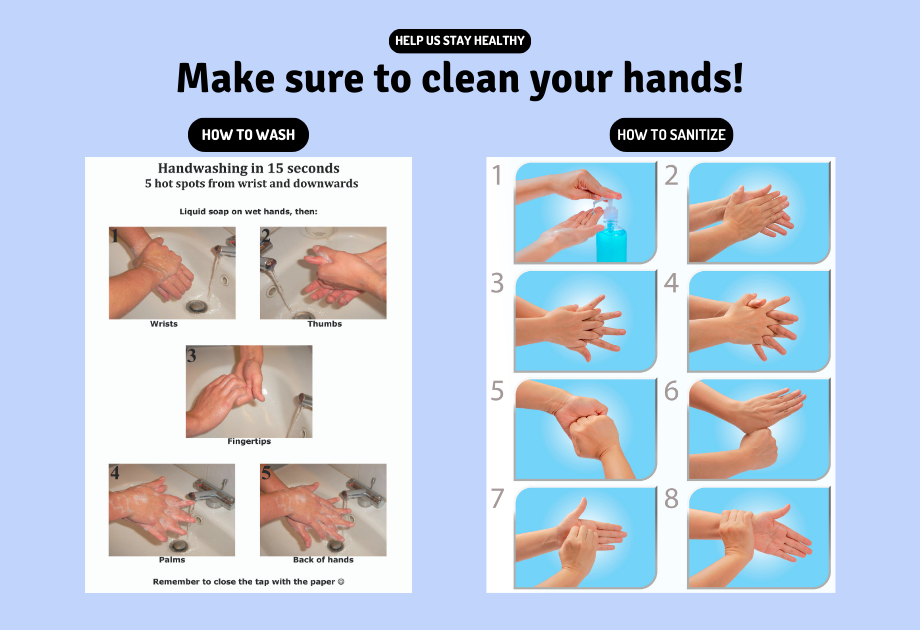Germs! How Long Can They Survive on Surfaces?

Let’s face it—germs are everywhere. From the door handle at your local coffee shop to your kid’s favorite toy that seems to spend more time on the floor than in their hands, these microscopic invaders are part of our daily lives. And while they might be invisible, the effects they have on our health are all too impactful. So, how long do germs like COVID, flu, and pink eye survive on surfaces, waiting for someone to touch them? And more importantly, what can you do about it?
That’s where Faith Environmental Crime Scene Cleanup comes in—we’re here to make sure those germs don’t stand a chance. Our team uses professional floor cleaners, non-toxic disinfectants, and cleaning methods designed to eliminate germs and keep your spaces safe.
Ready to find out where these germs are lurking and how long they like to hang out? Let’s learn more!
How Long Do Common Germs Survive Outside of the Body?
Here’s a fun (okay, maybe not so fun) fact: germs can last anywhere from a few hours to several months on certain surfaces. Think of them as unwanted houseguests who just won’t leave. The lifespan of germs like viruses and bacteria depends on a few things—what type of surface they’re on, the humidity, and temperature. That’s why regularly using surface cleaners and disinfectants is so important in fighting these invisible threats.
In busy places like schools, offices, or anywhere people touch a lot of things, germs make themselves at home on doorknobs, light switches, and keyboards. Using natural cleaners or non-toxic household cleaners in these high-traffic areas can help keep the spread of germs from getting out of hand. Here's a closer look at some of the usual suspects:

Common Cold (Rhinovirus)
- What it is: The common cold is your kid’s best excuse to stay home from school. It’s caused by rhinoviruses, which love to invade your respiratory system.
- How long it survives: These guys can survive on surfaces for a few hours, but after 24 hours, they’re pretty much done. But on plastic or metal, they hang on a bit longer.
- Where it survives: Rhinoviruses love to make themselves at home on hard surfaces like countertops and doorknobs. Bleach cleaner or multi-purpose cleaner can help stop them from spreading.
Flu (Influenza Virus)
- What it is: The flu? It’s the cold’s bigger, meaner cousin, attacking your respiratory system with a vengeance.
- How long it survives: On hard surfaces like your phone or the kitchen counter, the flu can live up to 48 hours. Softer surfaces like your couch? Less than 12 hours, which is probably still longer than you'd like.
- Where it survives: Think elevator buttons, countertops, or anywhere you’re likely to sneeze on. Soft surfaces like towels and clothing? Not their favorite, but they’ll hang out there if they have to. Regular use of non-toxic cleaners can help stop the flu in its tracks.
COVID-19 (SARS-CoV-2)
- What it is: COVID-19 is caused by a virus that spread globally like wildfire and can linger on surfaces like an uninvited guest at a dinner party.
- How long it survives: On surfaces like plastic or stainless steel, this virus can hang around for up to 72 hours. Cardboard? It’ll leave after about 24 hours, and copper chases it away in 4 hours.
- Where it survives: COVID loves shiny surfaces—think doorknobs, light switches, and countertops. But it won’t last as long on fabrics like your favorite sweater. Using disinfectant cleaners that are EPA-approved helps ensure that any remaining traces of the virus are wiped away.

MRSA (Methicillin-resistant Staphylococcus aureus)
- What it is: MRSA is a type of bacteria that’s resistant to many antibiotics. In short, it’s a tough bug to beat.
- How long it survives: MRSA is a marathoner—able to live for days or even weeks on surfaces, especially in damp environments.
- Where it survives: Gym equipment, hospital beds, and shared items like towels are MRSA’s favorite hangouts. Think of it as the couch surfer of germs. Cleaning methods that target high-touch and shared surfaces are essential to keeping MRSA at bay.
Strep Throat (Streptococcus pyogenes)
- What it is: Strep throat makes your throat feel like sandpaper, thanks to the Streptococcus pyogenes bacteria.
- How long it survives: This sneaky germ can survive anywhere from 3 days to 6.5 months. Yes, you read that right—months.
- Where it survives: Daycares and schools are prime real estate for strep, where it clings to toys, doorknobs, and desks. Non-toxic floor cleaners and surface disinfectants are a great way to ensure these areas stay strep-free.
Pink Eye (Conjunctivitis)
- What it is: Pink eye is a nasty bug – both bacterial and viral - that loves to spread, especially in schools and shared spaces, causing eye redness and discomfort.
- How long it survives: Bacterial pink eye sticks around for 24–48 hours, but viral versions can last up to a week.
- Where it survives: Towels, pillows, and shared items like makeup or glasses are hotspots for pink eye germs. Household cleaners with disinfecting properties can help keep these germs from spreading.
Best Practices for Reducing Transmission
We’ve all heard it: wash your hands, clean surfaces, and don’t touch your face. We wrote about how you can prepare your business for cold and flu season in a recent blog - but while we’re here, let’s break down how you can really minimize the spread of these pesky germs.

Effective hand hygiene techniques
Wash your hands like you just cut the spiciest jalapeño and need to take your contacts out. Seriously, scrubbing for at least 15-20 seconds with soap and water is your best defense. Hand sanitizer is great in a pinch, but nothing beats good ol’ soap and water.
Importance of surface disinfection
Disinfecting high-touch areas—like handrails, desks, and doorknobs—is so important. Using EPA-approved cleaners, whether bleach-based or non-toxic disinfectants, keeps germs at bay. Regular disinfecting can make a huge difference, especially in public or shared spaces. Learn more about the difference between cleaning and disinfecting here.
Keep Contagion Down with the Help of Faith Environmental Crime Scene Cleanup
Nobody has time to worry about how long germs are lurking on surfaces—that’s where Faith Environmental Crime Scene Cleanup comes in. Whether it’s your office, school, or nursing home, we’ve got you covered with 24/7 tailored cleaning solutions. We follow safety standards to a T, ensuring your space is not only spotless but also germ-free.
Contact us today to learn more about how we can keep your space germ-free and safe.
Happy with the Faith Environmental difference? Leave us a five-star review here!

